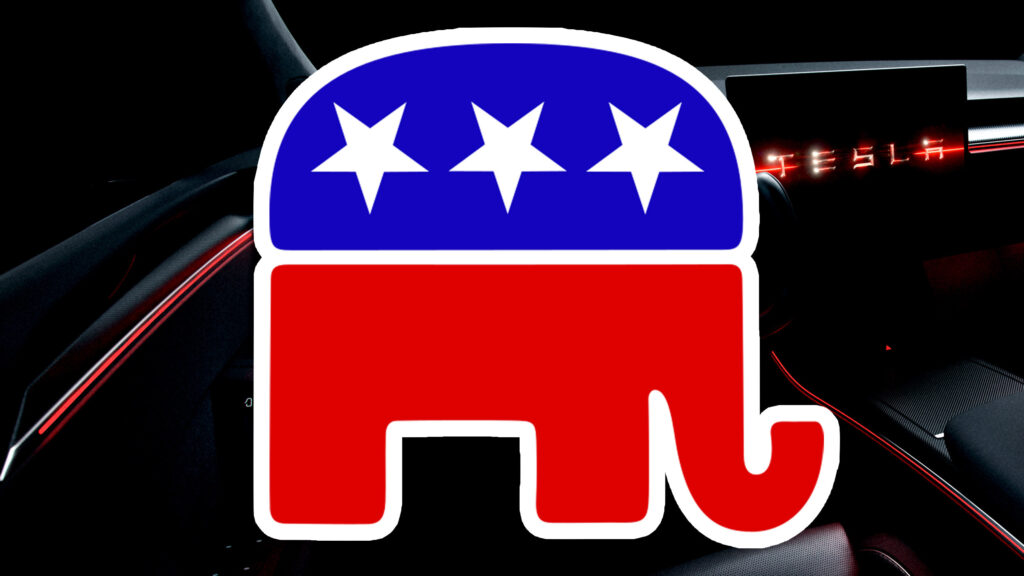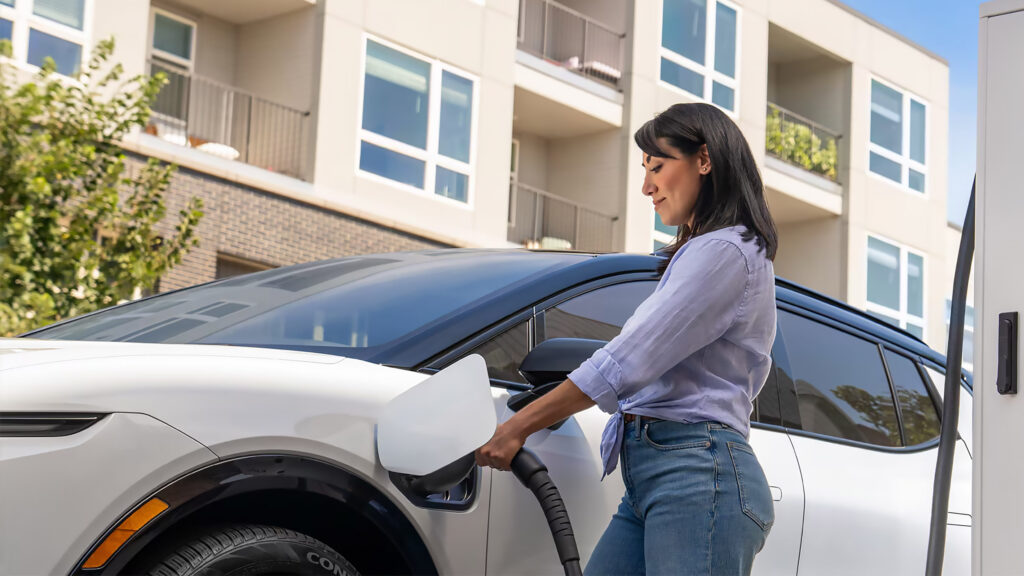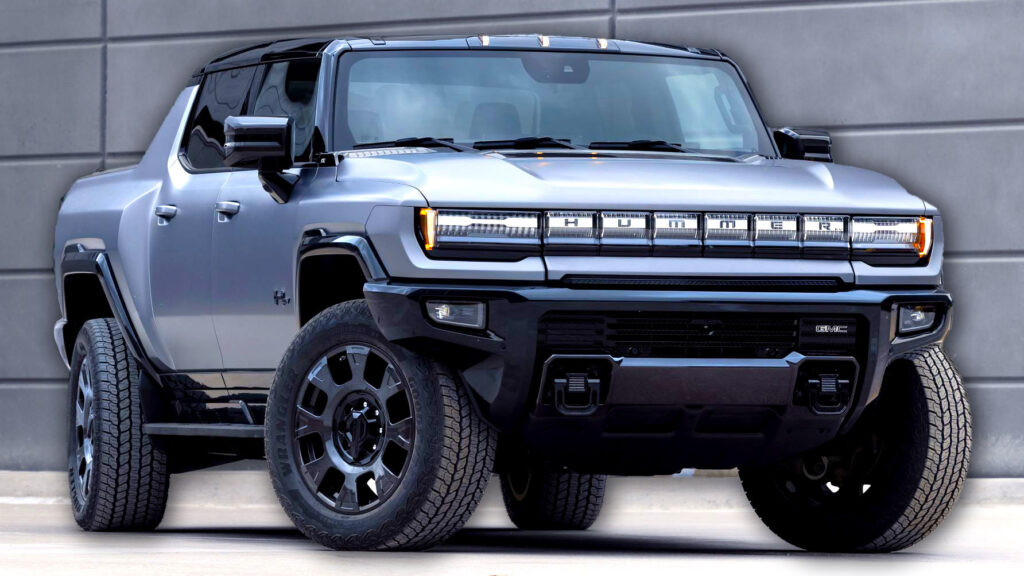Big Changes

Electric vehicles (EVs) in the U.S. might soon see fewer financial incentives as new legislative proposals aim to cut crucial tax credits. The “One Big Beautiful Bill Act” proposed by Donald Trump is setting its sights on the $7,500 tax credit for new EV purchases. While the Senate deliberations could take a few months, another Republican proposal may expedite these changes, affecting both new and used EVs much sooner.
What’s at Stake?

The proposed bill looks to eliminate the $7,500 tax credit for new electric vehicle purchases within six months of its approval. Alongside this, it would immediately withdraw tax credits from leased EVs manufactured outside North America. Used EV buyers aren’t spared either, with the $4,000 incentive for used cars being cut just 90 days after the bill’s passage.
Timeline and Revisions

Originally, under the “One Big Beautiful Bill Act” passed by the House in late May, these tax incentives would have started to phase out after 2026 — six years ahead of the current timeline. However, this new proposal could end incentives by the end of this year for most automakers. By 2026, only manufacturers selling fewer than 200,000 EVs would still qualify. Changes are expected as the bill moves through the Senate, which might alter the course or timing of these changes.
Who’s Affected?
This proposal extends beyond just new purchases. Leased vehicles, too, will be impacted. Currently, the $7,500 credit applies freely to any leased EVs regardless of where they’re made. However, if the bill becomes law, to qualify for this credit, leased EVs would need to comply with North American content rules and only within the first 180 days post-approval.
The Road Ahead
As the legislative wheels turn, it’s evident that Republican lawmakers are pushing hard against electric vehicle subsidies. Those looking to capitalize on these tax benefits for buying or leasing an EV should act quickly, as the landscape could shift significantly in the coming months.
Driving Experience
There’s no question that EVs have carved a niche in the American automotive panorama. From the smooth, quiet propulsion to the torque-rich performance, driving an EV is often described as a completely different experience from traditional internal combustion engines. A typical EV, like the Chevrolet Equinox EV, delivers instant acceleration, making city driving both swift and seamless.
Comparatively, traditional gas guzzlers offer a different kind of thrill — the growl of a robust V8 or the throaty purr of a turbocharged engine. Each provides unique sensations, leaving the choice often down to personal preference. However, the pending legislation will undoubtedly factor into future buying decisions, potentially swaying drivers more towards traditional vehicles if financial perks for EVs dwindle.
2024 Sonata Shines
New Corvette Roars
Lux Car Fetches $1.5M
Renault Megane Revamp
Next-Gen Audi RS6